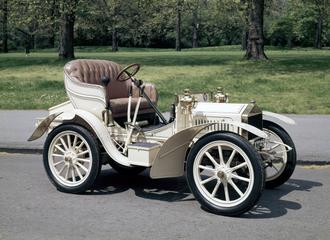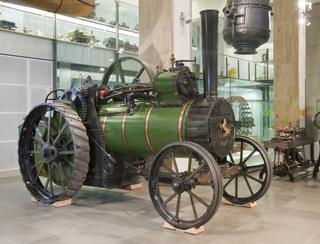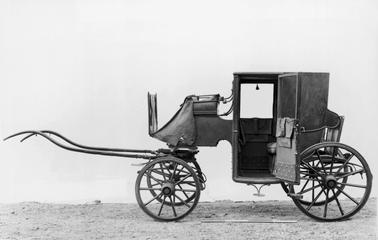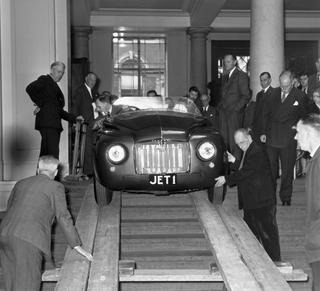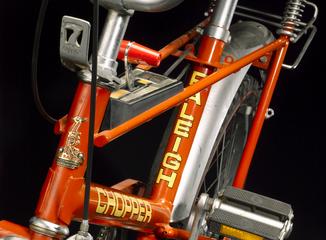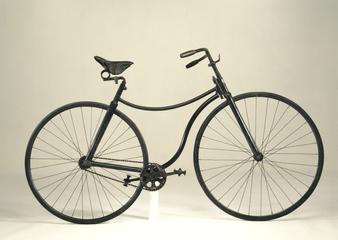
Indian Motorcycle, 1911
- Made:
- 1911 in Springfield

Indian 3.5 h.p. single-cylinder motor cycle, 1911. This motorcycle was made in 1911 and has a 3.5hp 499 cc single-cylinder engine with speed gears and positive chain drive.
The Indian Motorcycle Manufacturing Company is one of the most successful and renowned motorcycle manufacturers to come out of the USA, similar in success to Harley-Davidson. They contributed considerably to motorcycle development during the first fifteen years of the twentieth century.
George M. Hendee, manufacture of the ‘Indian’ pedal bicycles, became associated with Oliver Hestrom in 1900 who, in the following year, produced the first ‘Indian’ motorcycle. This was basically a pedal bicycle with a 1 ¾ h.p. single-cylinder, air-cooled engine incorporated in the saddle tube of the diamond frame. It was an immediate success.
In 1905, a Vee twin-cylinder engine was adopted. Its capacity and power were gradually increased and by 1909 the characteristic American form of Vee twin-cylinder machine had been established.
A single-cylinder version was formed by the removal of the front cylinder, and in 1911 these machines distinguished themselves and emphasised the need for speed-gears and positive chain drive. 1911 saw Indian’s biggest success to date winning first, second and third place in the Isle of Man Senior TT Race. They achieved this with specially customised bikes, a twin cylinder sleeved down to 598 cc version, and the achievement did a lot to increase the Indian’s profile in the motorcycle world.
The engine (497 c.c.) had a bore of 82.5 mm. and a stroke of 93mm. The side exhaust valve and overhead inlet valve are operated by cams. The ignition is by a gear-driven Bosch high-tension magneto, and the mixture is supplied by a Hedstrom Automatic Carburettor. Ignition and carburettor controls are twist grip operated through a system of rods and universal joints; a method first introduced by the Hendee Company in 1905. A foot-operated, external-contracting brake operates on the rear wheel, and the drive to the rear wheel is taken through primary and secondary chains and a two-speed gearbox equipped with a multiplate clutch.
Details
- Category:
- Road Transport
- Object Number:
- 1952-158
- Measurements:
-
overall: 1100 mm x 800 mm x 2200 mm, 100 kg
- type:
- motor cycles
- credit:
- Clare's Motor Works
